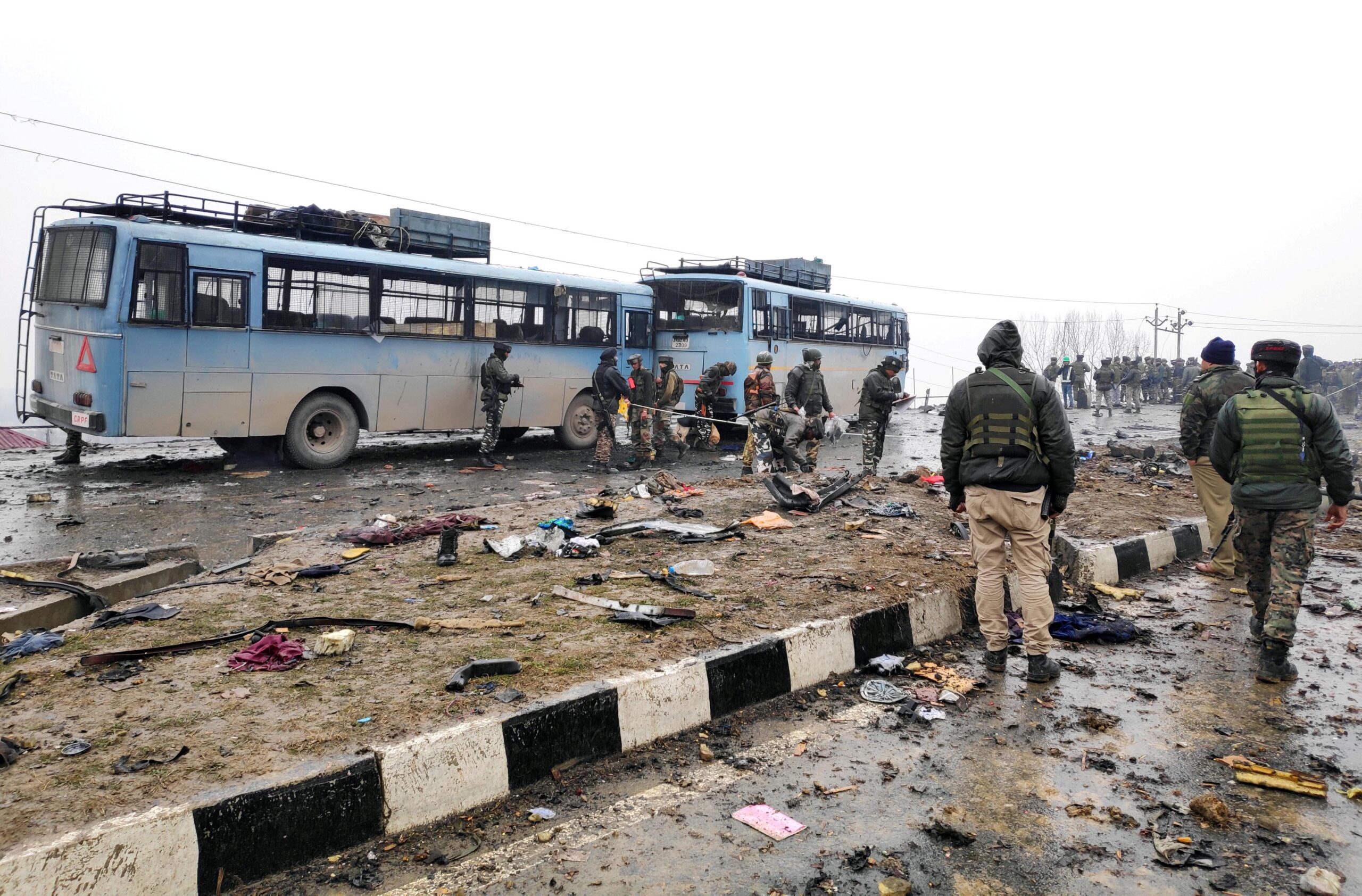
The Indian political economy is undergoing turbulent times. Two major events in the last month are significant. How does an India investor measure the impact of recent events (budget, Kashmir) on one’s investment strategy? Is it a good time to wait out and see how the developments evolve, or should one invest aggressively?
Budget 2019
The first major event is the annual budget, which effectively made income tax nil for the vast majority of the population, ie those earning below 8 lakhs. The consumption economy will be fuelled by these developments, which augurs well for many FMCG stocks and mutual funds that invest in them (multi-cap, mid-cap etc).
Kashmir Attacks
The second event is the terrorist attacks in Kashmir which elicited a major emotional response from the rest of India. The general reaction is similar to the 2011 Anna Hazare movement when common citizens were fed up and marched on to the streets. Now there are candlelight marches in many residential communities.Update 26-Feb-2019: The Indian Air Force took out terrorist camps in Pakistan (not just Pakistan Occupied Kashmir). This response always on the table even after the 26/11 attacks, but India chose to exercise restraint.
General Elections 2019
- Budget Appeal
- Tax Reform
- National Security
- Reservation For Economically Weaker Sections
- Opposition Dynamics
- Friendly Fire in Politics
There are general elections around the corner. In the backdrop of the above, what happens over the next 2-3 months will decide the future course of India for the next few decades. Continuity means that Modi gets to set the agenda and push for more structural reforms cementing his role as a statesman. Our view is that Modi is likely to come back with a full majority, which augurs well for the markets. Without getting into anyone political camp, here is an objective of view of what is likely to happen in the elections:
1. Budget Appeal: The tax-friendly budget announcement will enthuse the common man and take out the sting from the feeling that the government hasn’t done much for them with all its tax reform.
2. Tax Reform: There has been big talk of currency-tax reform and we did see two big moves. One was demonetization which could have been executed better and second is the GST rollout. These provide a strong framework for the future growth of the economy and were like ‘bitter medicine’. Modi goes into the election with the memory of these painful reforms being distant. As they say, public memory is short.
3. National Security: Retaliation on Pulwama bombing in Kashmir will increase the appeal of Modi as a strong leader. As it is, terrorism-related incidents outside of Kashmir, Punjab, and NE have been extremely low over the last 5 years.
4. Reservation for Economically Weaker Sections: Modi has been able to pass a constitutional amendment granting a 10% reservation for EWS. This is politically very significant in states like Uttar Pradesh and Madhya Pradesh.
5. Opposition Dynamics: The movements in the opposition camp seem to indicate that they are bracing themselves for a post-Modi-2 era. Congress seeking to rejoin the opposition alliance in UP indicates that following #4 above, a caste-based strategy is not working. Even Mulayam Singh Yadav has endorsed Modi.
6. Friendly Fire in Politics: Modi has been able to retain key allies in Punjab (SAD), Maharashtra (Shiv Sena), Bihar (JD-U. He has also stitch an alliance in Tamilnadu. Allies like Ramvilas Paswan known for their uncanny ability to predict which way the wind is blowing are sticking with Modi. Regional parties dominant in their states, that are strongly opposed to Congress (eg: Telangana, Odisha) are also likely to support Modi in case of a deficit in Loksabha.
How The Numbers May Pan Out
The numbers seem to indicate that the Congress may at best reach 100 seats in a 542 seat lower house. NDA may touch 220-240 on the lower side, in which case they could form the government with the help of some neutral parties. An adverse up security situation more attacks with no response, or a botched up response, is the only thing that might dent Modi and NDA.
India & Its International Context
India has promising growth ahead with the recent reforms and likely political stability. China’s growth story, on the other hand, is dimming and Europe is stagnant. The demographics in these geographies also shows a big dip in the working age population. That leaves India and US as long term growth stories. The US has the advantage of being the tech superpower of the world and increasing working age population.
What Should You Do As An Investor?
There will be increased volatility in the markets, especially with the geopolitical uncertainty and a war-like situation. Expect more dips as events unfold. Stay invested through SIPs and start Systematic Transfer Plans if you have lump sum cash and wish to make it work for the long term. However, with a likelihood of Modi coming back to power, the markets are likely to rise over a 2-3 year time frame. A reformed economy, with even more reforms around the corner post elections, will only boost the India story. For Stock Market Portfolio and Wealth Management Advisory Visit Jama Wealth






















